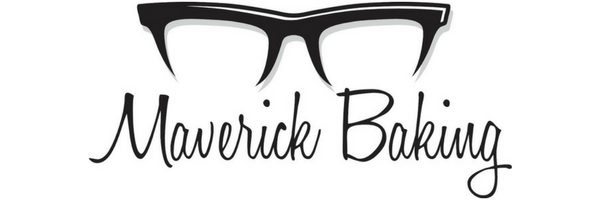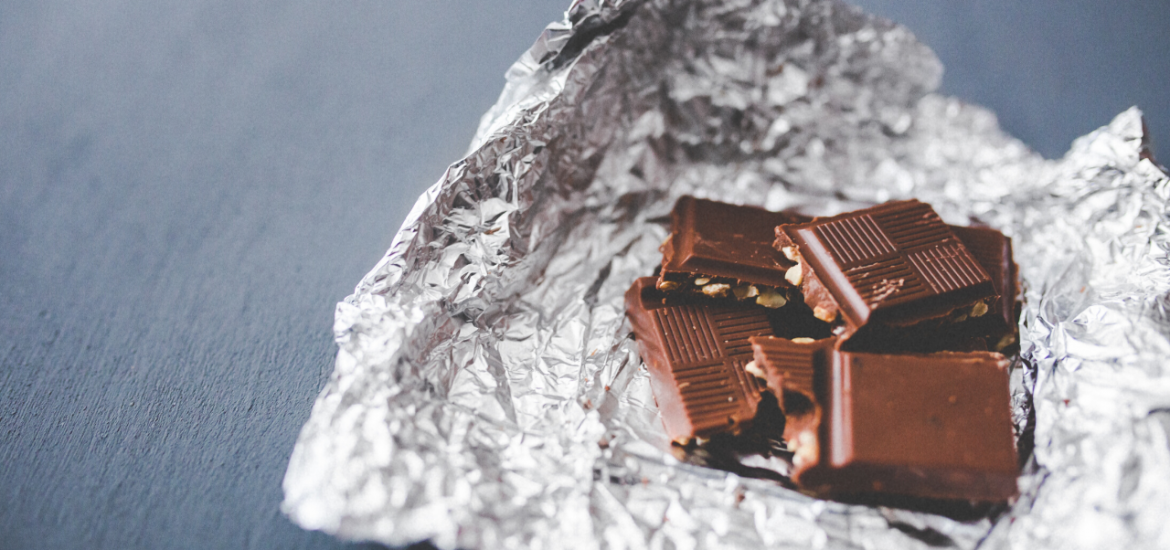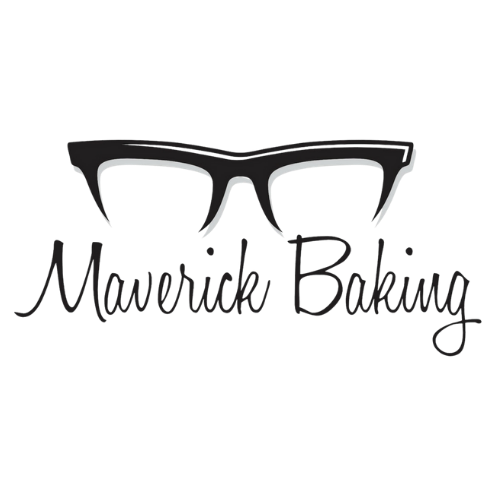This deep brown substance is divisive. It can be too bitter or too drying, and rarely stands up to the popularity of its creamy counterpart. How can we start to like dark chocolate?
(this article was originally posted on Medium)
If I were to ask you to think of chocolate, what would you think of? Is it a sweet and creamy block of milk chocolate, or a bold shard of dark chocolate?
Here in the UK at least, milk chocolate reigns supreme. In fact, data shows that the only dark chocolate treat within the top 20 best UK confectionary is the kind that comes loaded with a mint fondant centre. This is understandable, the stuff is delicious for a reason. However, is this result symptomatic of our insatiable sweet tooth? Or is it a sign that we’ve all just been exposed to crappy chocolate?
Whatever it is, it can mean that enjoying dark chocolate isn’t particularly common. We are all too familiar with chocolate as a sugar-laden snack rather than a cocoa-rich source of luxury.
You might be interested in dark chocolate for its purported health benefits, or to remove a bit of sugar from your diet, or just to truly dive into the world of chocolate. No matter your motivation, I hope this can give you some pointers into how a person can start to really love dark chocolate. Take it from a sugar fiend like me.
Taste it, slowly and fully.
Without wishing to explain how to use your own mouth, this really is the first and most important step.
You can pick up a piece of chocolate, place it in the palm of your hand, and watch it slowly become liquid. Chocolate melts at a temperature lower than our natural body temperature, making it an utter delight when we let it slowly melt on our tongues.
Textural pleasure aside, allowing chocolate to melt is the best way to taste this ancient foodstuff.
When we chomp through milk chocolate, we immediately get the drug-like hit of sugar, milk powder, perhaps some vanilla. However, chewing quickly through a chunk of dark chocolate will grant you the sometimes bitter taste of roasted cocoa without allowing the cocoa butter to melt and bring forward the richness of the full chocolate flavour. I think this is the first reason why many of us screw our noses up at higher cocoa chocolates. We get the same bitterness that turns us away from certain herbs, tonics and alcohol.
Now, I couldn’t fairly suggest that melting dark chocolate slowly will make all dark chocolate taste like edible heaven. However, giving the chocolate a fair chance to come to life in your mouth will make such a difference to how you enjoy it. In the same way that the second sip of wine is always sweeter than the first.
Treat yourself to the good stuff.
Don’t worry, this isn’t a lecture in the perks of paying £12 (~$20) for a single chocolate bar. Sometimes an insensible splurge can be nothing short of joyous, but that is not the intention of this article.
The best way to explain chocolate shopping is by comparing it to other forms of shopping. Chocolate, despite our best efforts, is a luxury product. It isn’t essential, and certainly isn’t cheap to produce, so we shouldn’t think of it as such.
I’ll put it this way — would you buy your skin care at the supermarket? How about your clothes or your jewellery?
If you would, great, your budgeting is likely far superior to mine. All I mean to put forward is that just because you can pick something up where you buy your groceries doesn’t mean you should. We are conditioned in most western nations to simply source all of our comestibles at the same shop, many of us even get our alcohol there. However helpful and handy this is, it can also greatly diminish the quality of the products available in the name of convenience.
The internet has opened up a door the size of those in Willy Wonka’s chocolate factory. You could spend just £1 (~$2) on 100g of supermarket dark chocolate and regret the purchase due to its unpleasant burnt flavour. Or you could open a website like Cocoa Runners and get a few really good bars and enjoy them so much more. There will always be a bit of extra expense but if you savour your dark chocolate as suggested above, and you get the delight of experiencing craft chocolate from makers who actually care, it will always be worth it. You deserve it.

Try not to be too drawn in by marketing.
A common preceder to disappointment is illusionary marketing.
Without meaning to bash all things “Big Chocolate” — famous confectionary brands will often mislead shoppers into buying their (bad, let’s face it) dark chocolate. They’ll stick a cocoa bean on the front of the packaging, slap the word “luxurious” somewhere in the blurb, even throw in the name of a country that the cocoa beans might have come from. On this basis, we can often pick up a bar in the hope it will elevate us to cocoa nirvana.
Companies such as Lindt and Godiva can reel us in with these tactics. Due to the household name and the expensive PR, we can easily fall for it. However, all the glitter does not cover up the poorly made and bad-tasting chocolate nestled inside the wrapper. Subsequently it’s then quite an obvious next step for us to turn away from dark chocolate and settle in our belief that we just don’t like it.
Instead, when possible, try to look to brands who keep it simple. Look for companies who make chocolate out of passion rather than just to keep its thousands of shareholders happy. Brands like Pump Street, Omnom, and Choctree are a good place to start.
Take a look at how it’s made.
Perhaps the most time-consuming piece of advice, but definitely worth looking into if you want to enjoy and appreciate dark chocolate.
The technical side of manufacturing isn’t interesting to everyone, understandably. However, there’s something about watching all the roasting, crushing and conching involved in chocolate production that is so mesmerising. Not to mention the satisfying sight of moulds being filled and bars being wrapped.
Seeing anything being produced, whether it’s handmade pottery or a piece of furniture, is a great way of understanding its value. Equally, it will likely help you appreciate the thing itself even more. This is something that’s much harder to equate in our heads and bank accounts when everything is just a click away. You don’t see the craftsmanship — so why should you care about paying for it?
Watching a few beans being turned into a bar of chocolate is lovely to behold. Seeing the potential that those wee beans have in creating great flavour and texture, before any of the weird additives are thrown in, is nothing short of madness. Thinking about that precious fruit then being blitzed into dried milk, artificial flavourings and excessive scoopings of sugar just seems blasphemous.
————-
Obviously, we can’t all enjoy the same things. The earth would be a very dull place if we did. That doesn’t mean that we can’t eventually learn to appreciate foods and flavours we once didn’t.
As a child it is hard for us to imagine ever enjoying a glass of dark beer or a piece of broccoli. As we age, we begin to enjoy the effects, flavours, or just the value of a foodstuff. Chocolate should be no different.
Milk chocolate is glorious, even the much-maligned white chocolate is addictively delicious, suggesting otherwise would be a stretch. However there is nothing that hits the senses quite like dark chocolate. Whatever your reasoning is for wanting to venture further into this brown gold, I’d urge you to.
And if you still don’t like it? Send it my way, I’ll be happy to help.
————-


